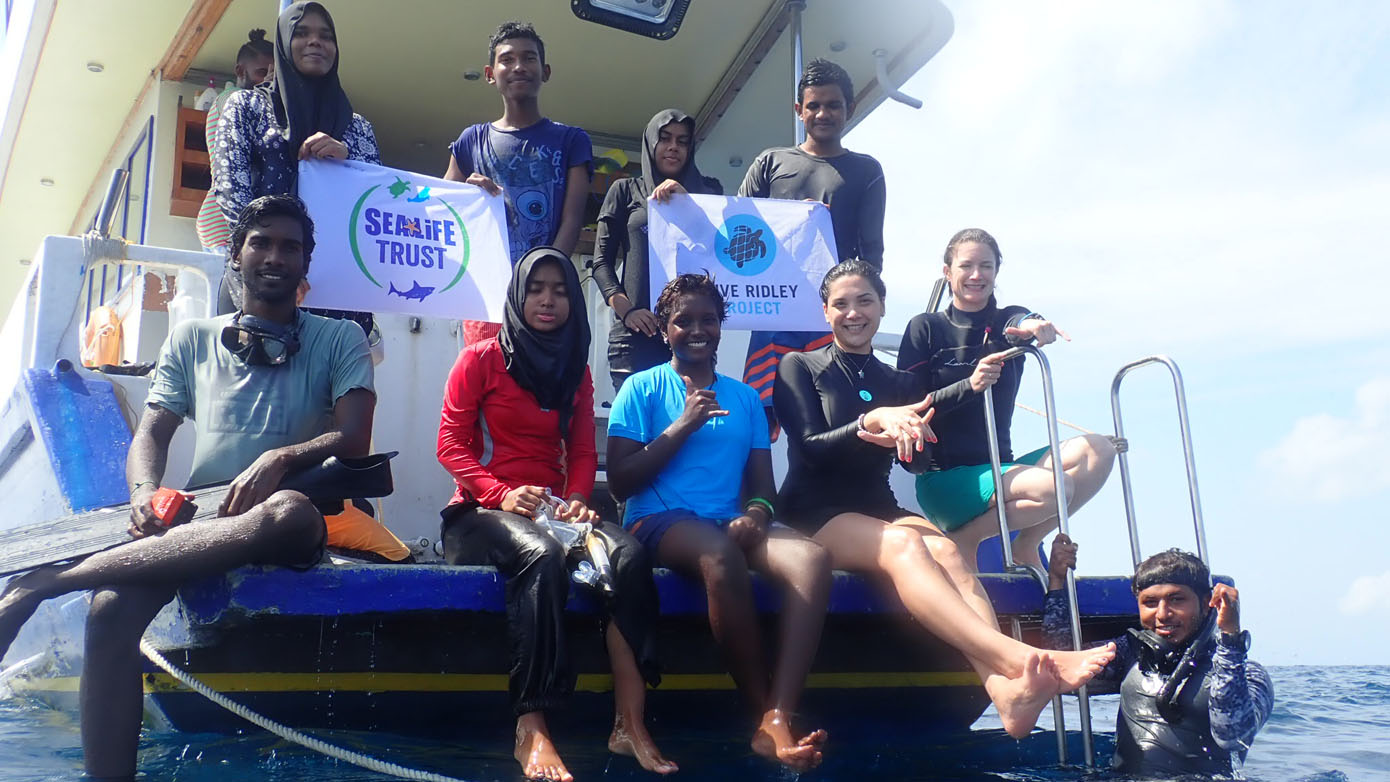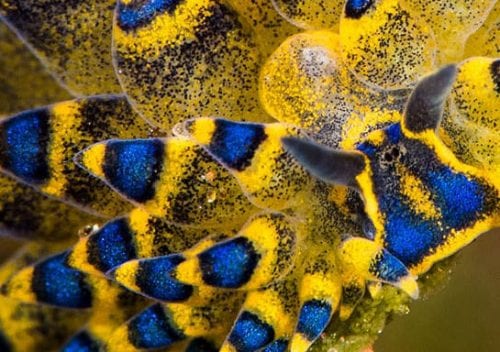Biologist and veterinarian Dr Claire Petros is on a mission to save the Maldives’ sea turtles and chats exclusively to Diveplanit about why we need hospitals, not hatcheries to save the world’s dwindling population of sea turtles.
Claire manages the Marine Turtle Rescue Centre in Coco Palm Dhuni Kolhu Resort in Baa Atoll. The Centre is part of the Olive Ridley Project (ORP), and provides veterinary care and rehabilitation to injured sea turtles rescued across the Maldives. Other programs managed by ORP include the removal of ghost gear from the ocean, education and outreach programs, sea turtle monitoring, they’re even looking at ways to re-use or re-purpose ghost nets.
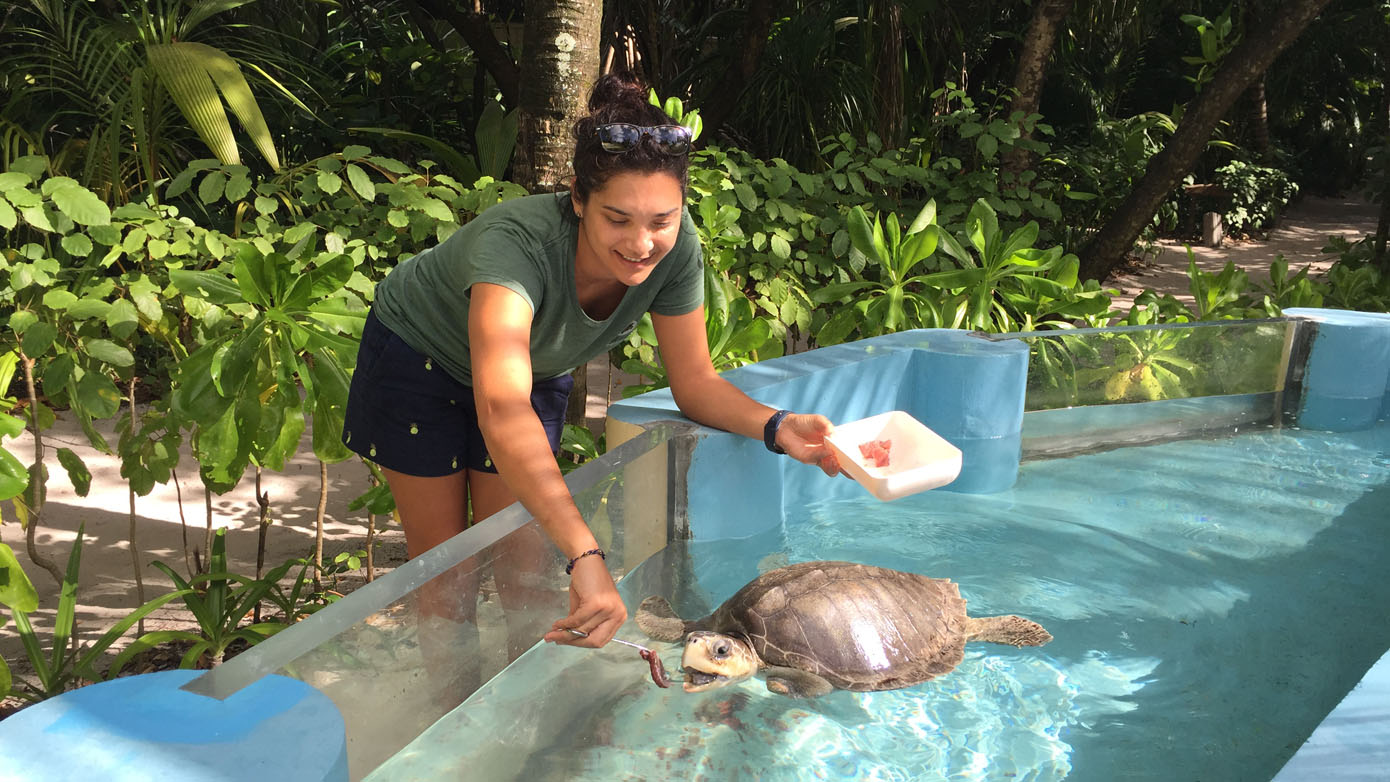
I met Claire at LUX* South Ari Atoll’s Underwater Festival and learned more from her about turtles in a single day than I’d learned my entire life up to that point.
What inspired you to become a turtle vet?
I had always wanted to be a vet (I think my parents knew before I could walk) and as my interest in animals grew I knew that I would want to work with wildlife. At a young age I loved swimming and when I started diving I became fascinated by the world under the water.
It was a dream to be able to combine my passion for wildlife and the oceans, and turtles seemed to be the perfect fit. They are an animal that is increasingly in need of medical treatment and being a vet, I could provide it, so I’ve been able to combine my love of the oceans, with my medical training.
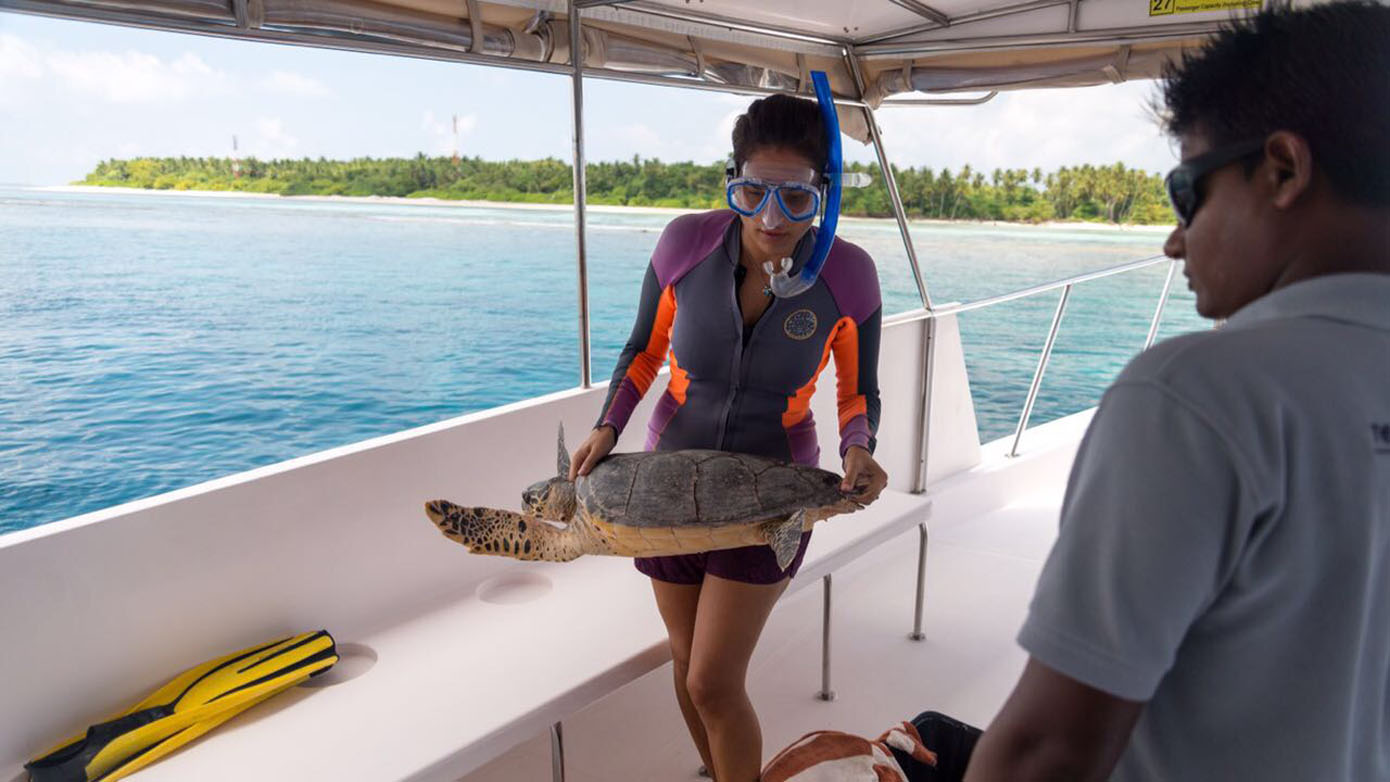
For my elective at medical school I visited North Carolina State University where I was under the supervision of Professor Gregory Lewbart, a professor of aquatic medicine. Seeing that it was possible to be a vet and treat turtles definitely inspired me to work with these animals, something that I may not have realised was possible back in London.
What is it about turtles that makes them special to you?
If you’ve ever been fortunate enough to swim with turtles (and each time feels so special!) it is hard not to feel a sense of calmness and excitement. If you dive, free-dive or snorkel you just want to spend as much time with them as you can. When they’re swimming they’re gracefully flying underwater, but if you see them eating, they’re clumsily either biting at chunks of coral or grazing in the sea grass. They’re beautiful to watch in their natural habitat.
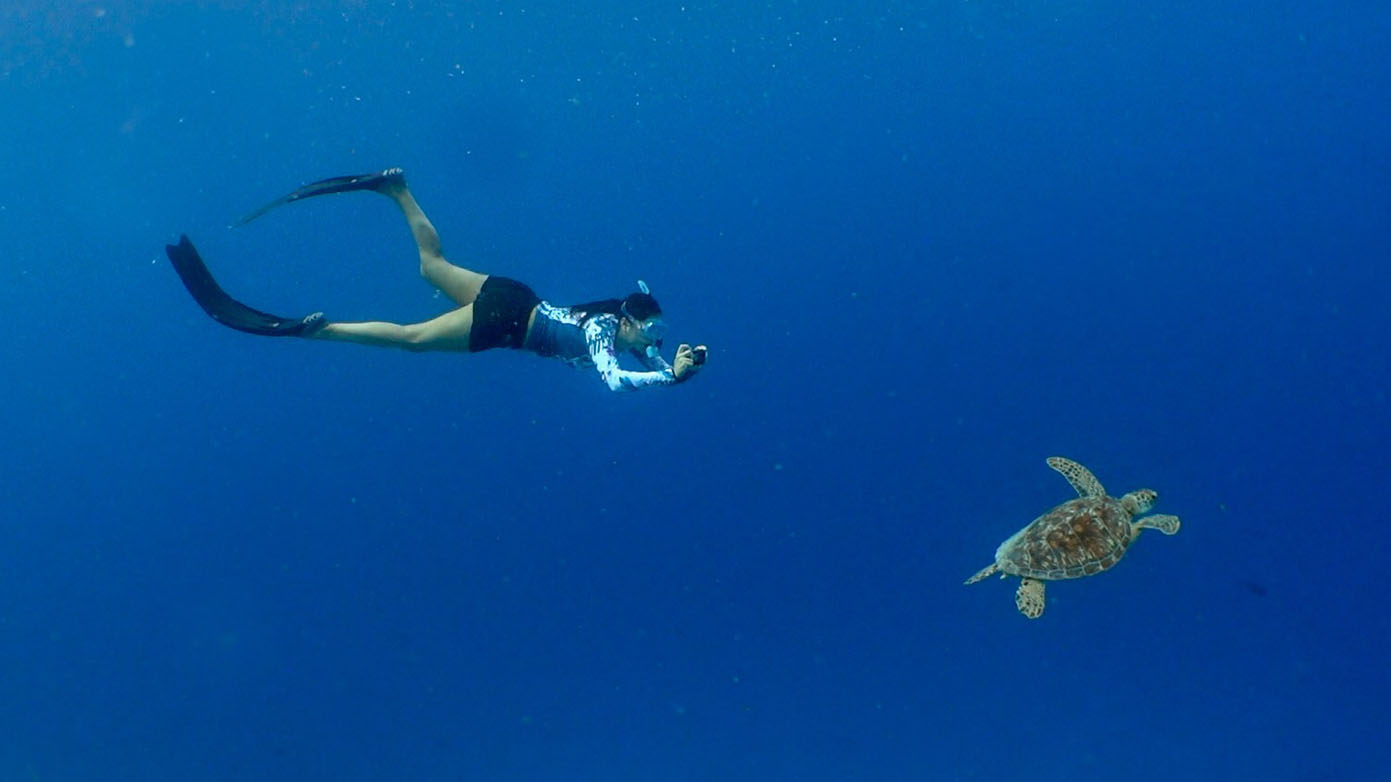
They also make brilliant patients (if not a little difficult at times) They each have their own personality and it’s hard not to have favourites. It’s impossible not to enjoy working with sea turtles, they truly are dinosaurs and are really impressive to see close up, it’s definitely a privilege to be involved with treating them.
Explain why a turtle hospital is a better choice than a hatchery in the quest to save sea turtles from extinction?
The (ORP) rescue centre was established to treat entangled turtles in fishing nets. In the course of its running we have treated four species of turtles; greens; hawksbill; loggerhead and Olive Ridleys, for various reasons, from fishing hook injuries, attempted poaching attempts, plastic debris injuries as well as entanglements – all caused by humans. It is important to note that the majority of turtles are adult or sub-adult, and we rarely treat hatchlings.
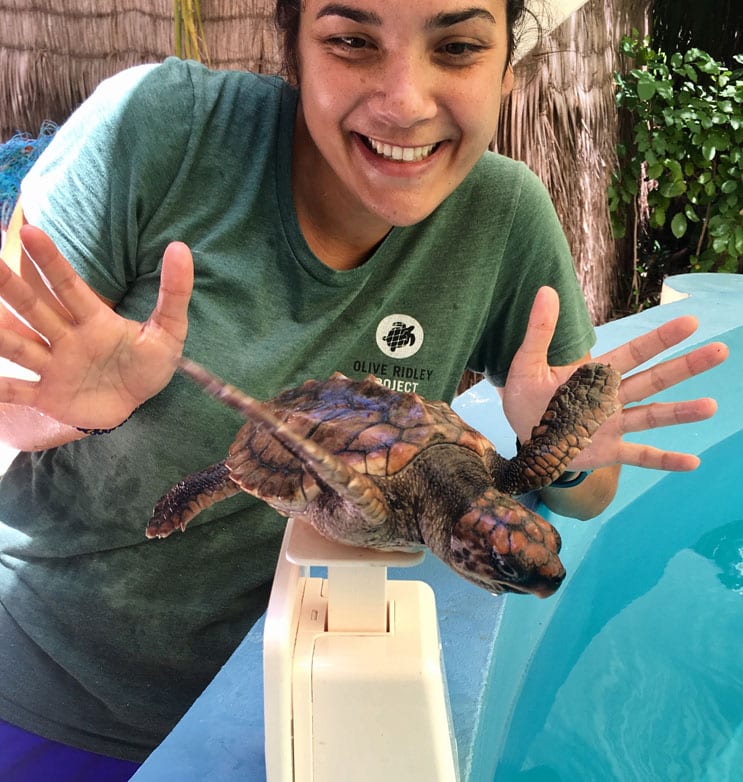
The adult population are extremely important to the overall health and growth of sea turtle populations. Female turtles can lay between 80-120 eggs in each clutch and can have up to six clutches in one season. The importance of preserving the adult individuals therefore is paramount to the survival of the species. It’s widely accepted that only one in 1000 hatchlings survive to adulthood, therefore you’d have to protect thousands of hatchlings to have a meaningful impact on the population numbers.
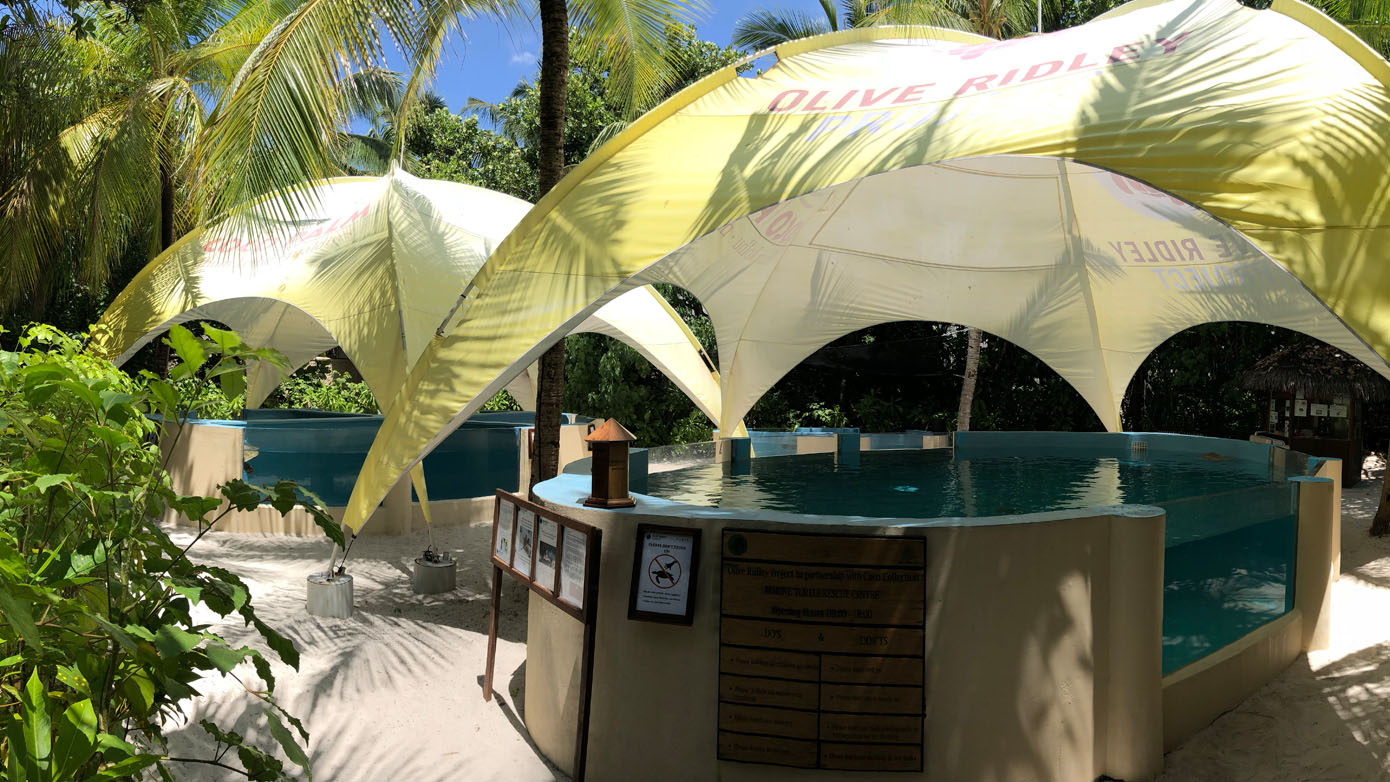
If at the rescue centre we can treat and save an adult turtle that can then be returned to the sea and reproduce it will have a better and more beneficial impact on the population.
What has been your most memorable moment in your work?
We had a turtle that required a flipper amputation due to severe injury caused by being entangled in a ghost net. Despite the severity of losing a flipper, it is a fairly routine operation for us at the centre and normally the turtles recover very easily.
This wasn’t the case for Chouchou, a juvenile Olive Ridley turtle. A few hours after surgery Chou stopped breathing and became quite lifeless. Myself and the on-site vet (also named Claire) started breathing for her, we had to intubate her and every 10 to 15 minutes administer a few breaths.
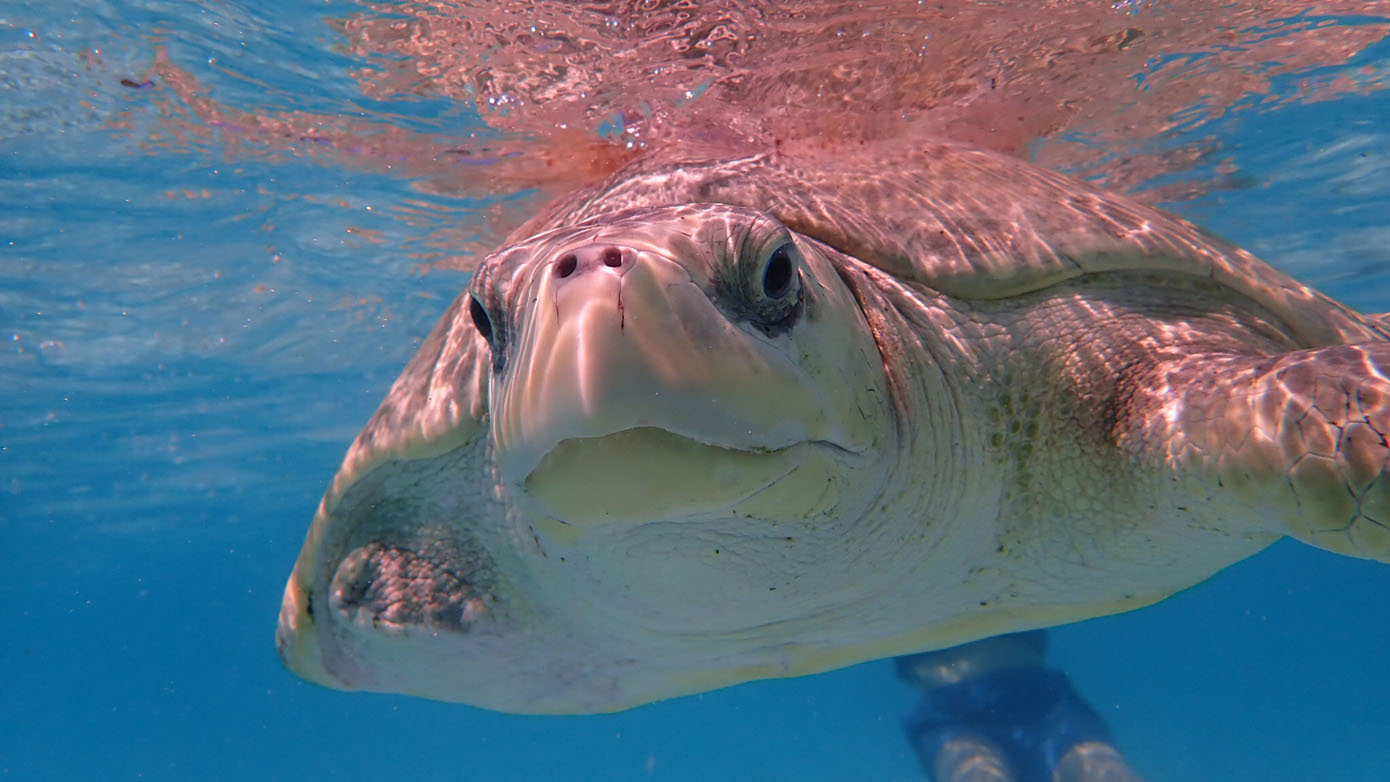
She worsened and soon had lost all signs of life. We could listen to her heart rate with the help of a machine called a Doppler. Her heart sounds started to become abnormal, at this point we were very worried that we were losing her so we administered adrenaline, and continued to breathe for her. Throughout the night we took it in shifts to breathe and monitor her progress.
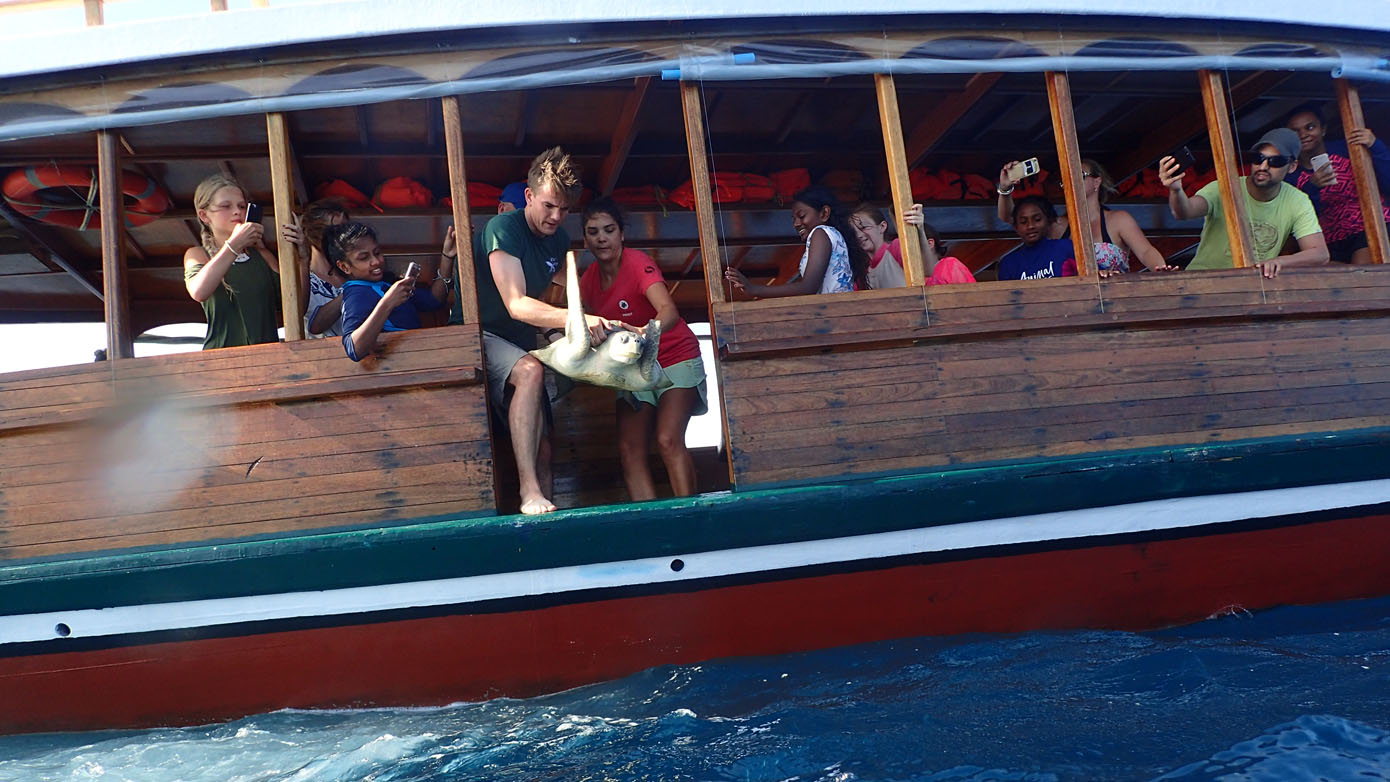
At about 2am she started moving her head and her back flippers, a few hours later she was moving her front flipper and by 11am she as breathing for herself. By the next evening she was swimming in the tank and eating. Incredibly we were able to release her within the month as her wound had healed really well and she was swimming brilliantly having lost one of her front flippers.
Most heart-breaking?
Losing any turtle is heart-breaking and being a rescue centre it is sadly a common occurrence. We can only do so much to save turtles that have been affected so badly from net injuries, and often when we find them they are in a very bad condition. We get very emotionally attached to each turtle at the centre as we spend a lot of time treating them and getting to know their personalities.
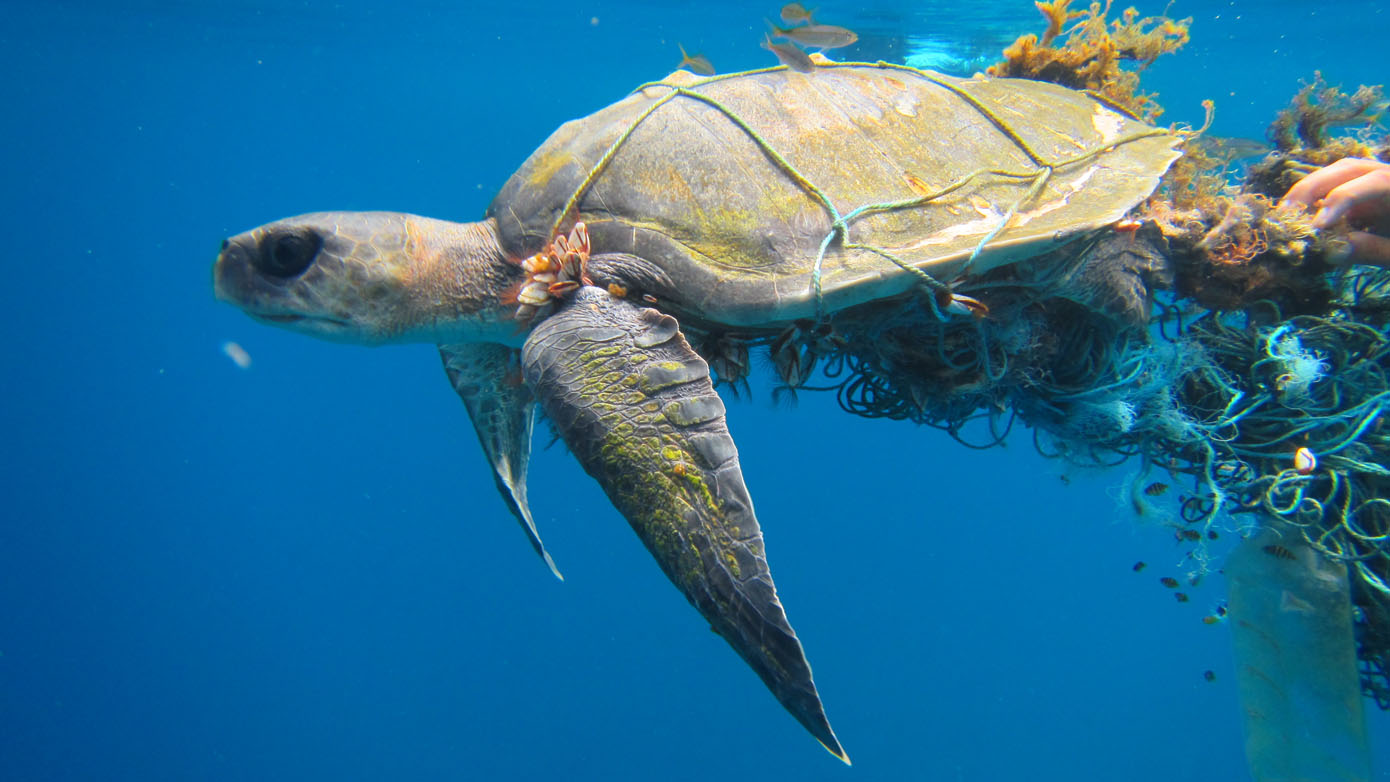
Recently we lost a long-term patient, Morgan. Morgan was a lovely turtle and had already lost two flippers when found (both on the same side) from being entangled in a ghost net. She had a horrible shell infection which took months to treat and eventually clear up. She was unable to be released as she would have found it hard to swim and find food and ultimately may have struggled to lead a normal life in the wild. We had been in contact with an aquarium in the UK that wanted to give her a new home, with access to a large tank and she could become an ambassador for turtles entangled in ghost nets.
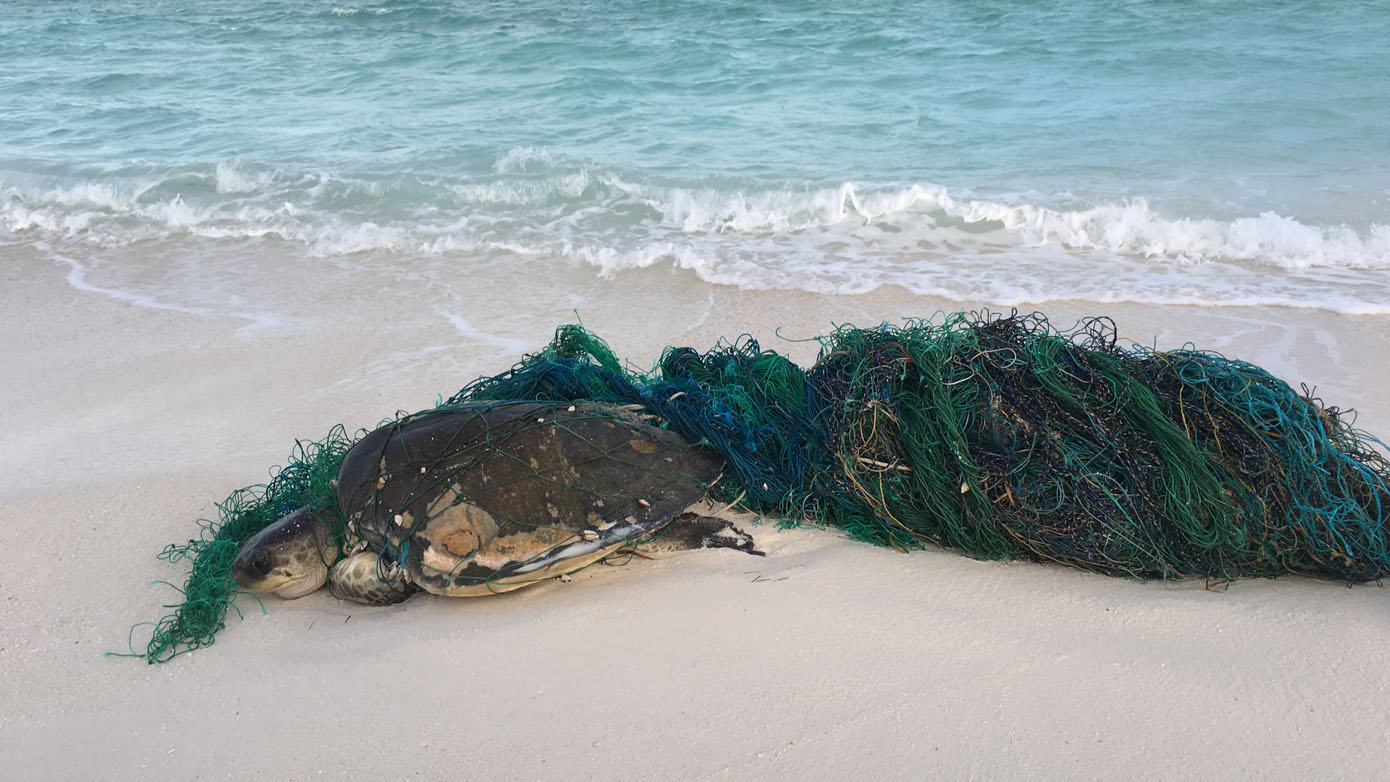
Sadly, she passed away after spending over a year in the centre, most likely due to the impact that her ordeal being caught in the net had had on her body. It was extremely hard losing a turtle that we had all spent a long time with and knew so well.
What is the main message you would like to convey to the world?
The rescue centre is doing a fantastic job treating and releasing turtles that are found entangled in ghost nets. However, for endangered turtle populations to recover and thrive, much more needs to be done to avoid turtle and marine debris or ghost gear interactions from taking place at all.
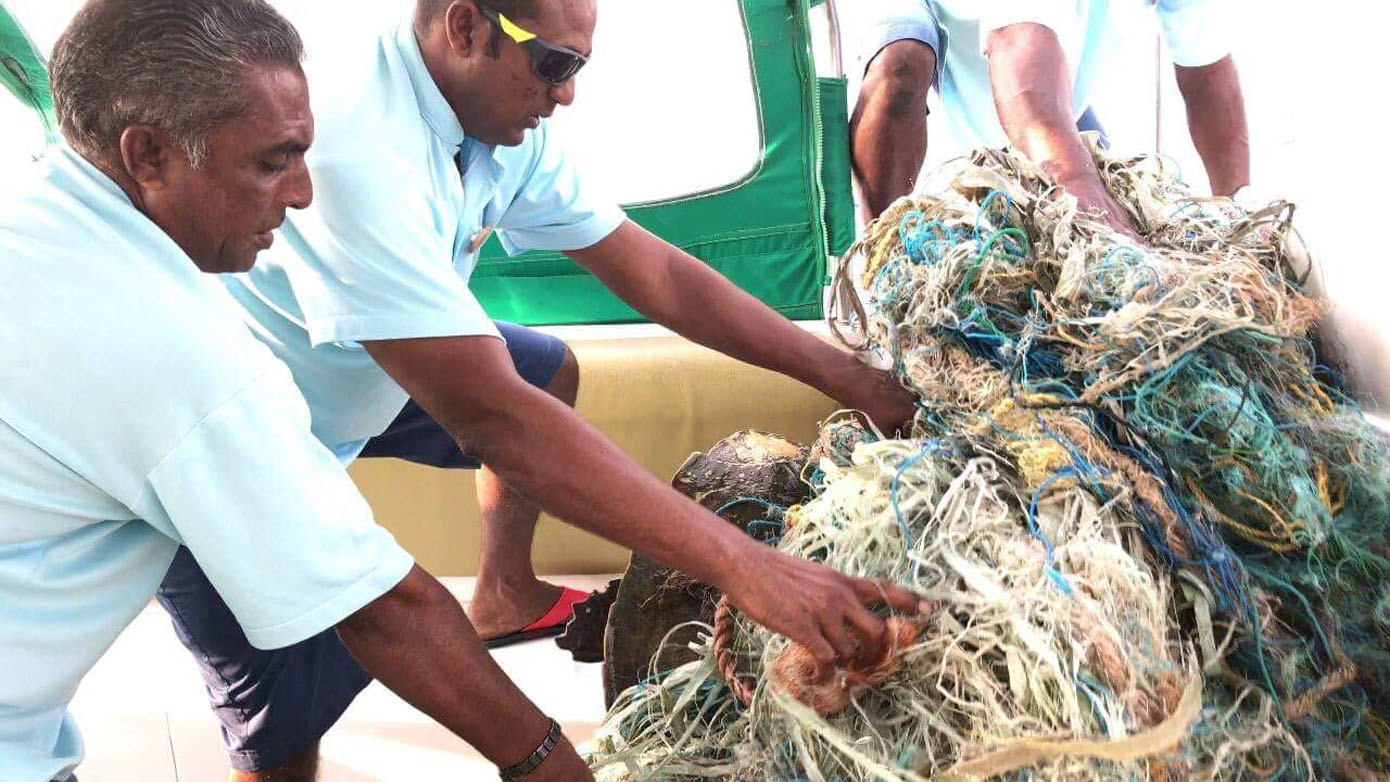
Our centre is the last defence against these man-made threats to turtles, but it is ultimately their last hope rather than a much-needed push to bring an end to such negative interactions.
As vets it’s our duty to care for the individual animal, to provide medical treatment and manage rehabilitation. It’s our responsibility as society, however, to raise awareness, influence policy, change behaviour and indeed, make every effort possible to significantly reduce the amount of harmful plastic and ghost fishing gear entering our oceans and interacting with vulnerable marine wildlife.
